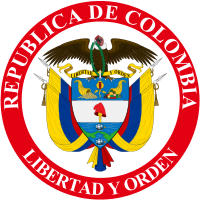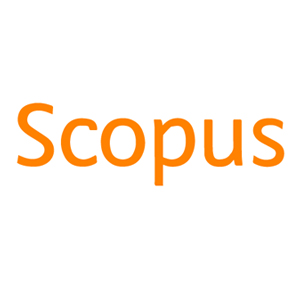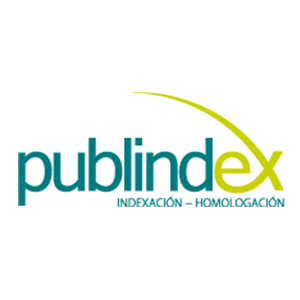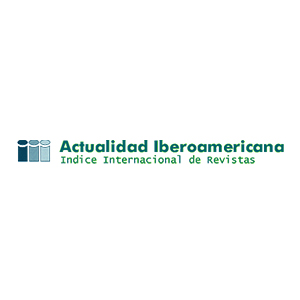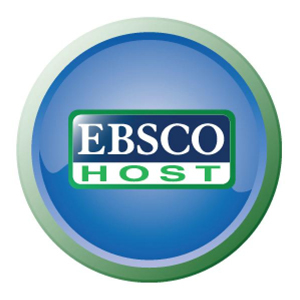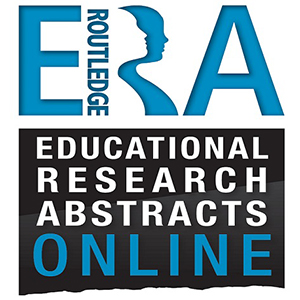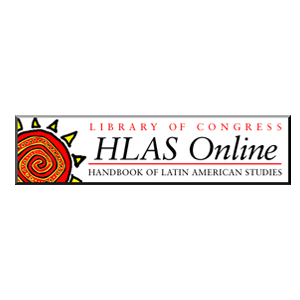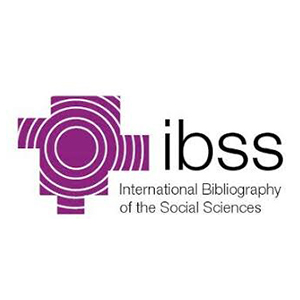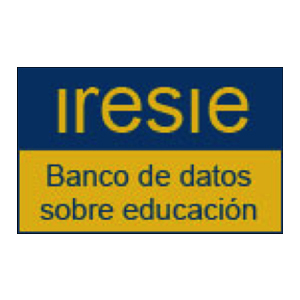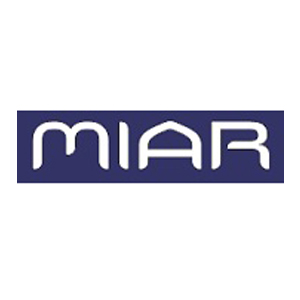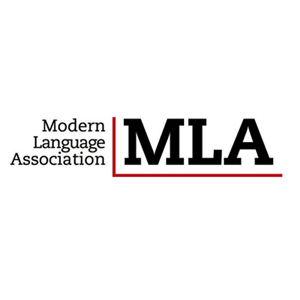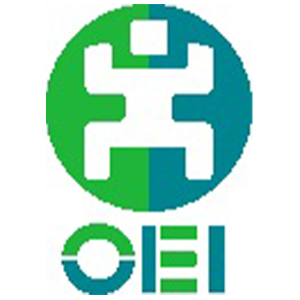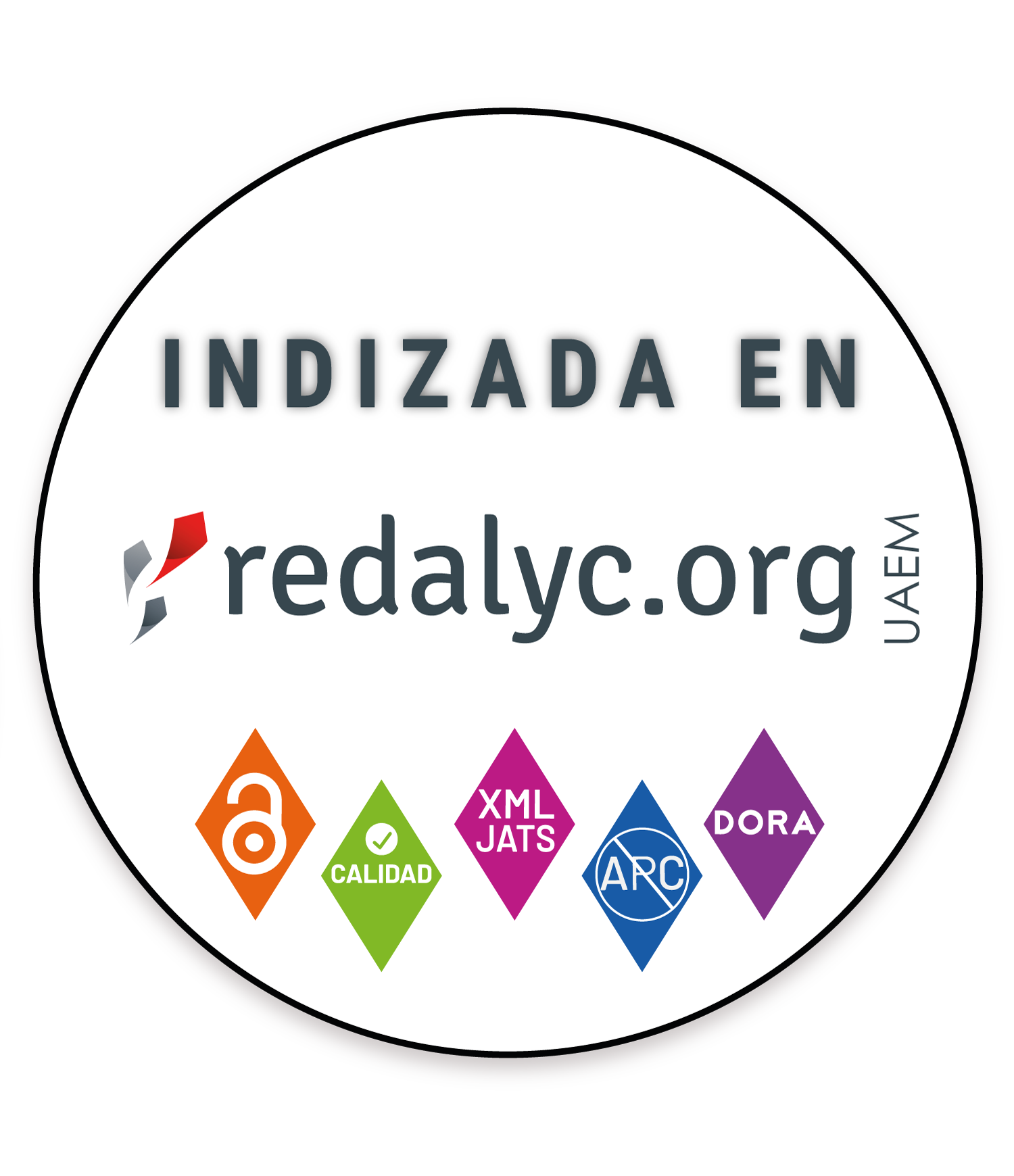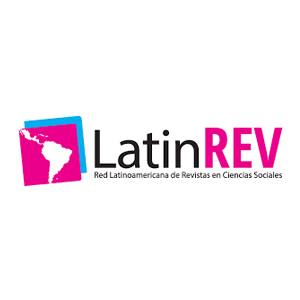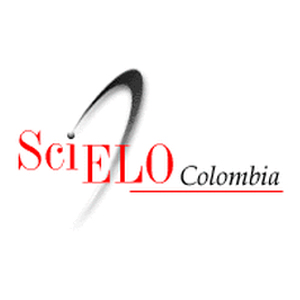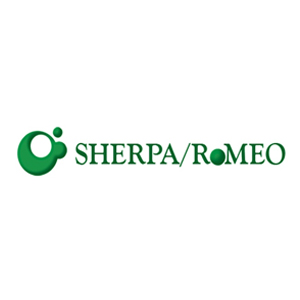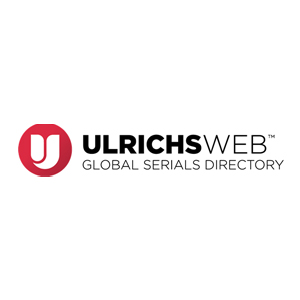Serious Games to Enhance Education. Play, Technology and Archaeology in a Spanish museum
Juegos serios para mejorar la educación. Juego, tecnología y arqueología en un museo español
Jogos sérios para melhorar a educação. Jogo, tecnologia e arqueologia num museu espanhol
Los juegos serios son un recurso poderoso en el proceso de enseñanza-aprendizaje en entornos formales e informales de aprendizaje. Estos últimos sirven para mejorar su rol pedagógico, el cual en ocasiones es difícil de ser percibido por los usuarios. Sin embargo, los juegos serios ocupan otro papel igualmente importante en museos, galerías de arte o centros de ciencia: involucrando aparte de la sociedad que rodea con este tipo de instituciones. Este artículo de investigación describe un “juego serio” usando nueva tecnología para ser jugado en ambientes de aprendizaje informal. Este pretende potenciar su función didáctica y buscar el compromiso social. Se llevó a cabo una experiencia experimental en el Museo Nacional de Arte Romano (Mérida, España) para atraer y conservar a un grupo específico de personas, adolescentes, reacios a visitar los museos arqueológicos la mayor parte del tiempo por considerarlos lugares aburridos. Finalmente, esta experiencia sirvió para valorar la aplicabilidad y versatilidad del esquema de juego propuesto
juegos serios, tecnología, modelos 3D, participación social, museo (es)
jogos sérios, tecnologia, modelos 3D, participação social, museu (pt)
Alshammari, A. & Whittinghill, D. (2015). Multiplayer Kinect Serious Games: A Review. International Journal of Game-Based Learning (ijgbl), 5(3), 45-61.
Arbués, E. & Naval, C. (2014). Los museos como espacios sociales de educación. Estudios sobre Educación, 27, 133-151.
Asensio, M., Santacana, J. & Pol, E. (2017). apple Project (app Learning Evaluation): primeros resultados de un estudio hecho en la Ciudadela ibérica de Calafell. Revista de Didácticas Específicas, 17, 8-38.
Barrero N. & Nodar, R. (2010). El Museo Nacional de Arte Romano. Cien años de excavaciones arqueológicas en Mérida 1910-2010, 215-232.
Beavis, C. (2012). Critical perspectives, enabling classrooms and digital games: challenges for teachers and researchers working with games-based learning. In G. Biswas, L. Wong, T. Hirashim & W. Chen (Eds.), Proceedings of the 20th International Conference on Computers in Education. Asia-Pacific Society of Computers in Education.
Beavis, C., Kelly, L., Fletcher, J., Rowan, L., Bowan, A. & Sainter, C. D. (2014). Gamifying the museum: educational games for learning. In Proceedings of the Conference: Museums and the Web Asia 2014, South Korea.
Bellotti, F., Berta, R., Ferretti, E., DeGloria, A. & Margarone, M. (2003). VeGame: field exploration of art and history in Venice. In Handheld Computing. ieee Computer.
Bossavit, B., Pina, A., Sanchez-Gil, I., & Urtasun, A. (2018). Educational Games to Enhance Museum Visits for Schools. Educational Technology & Society, 21(4), 171–186.
Bickmore, T.W., Pfeifer Vardoulakis, L.M. & Schulman, D. (2013). Tinker: a relational agent museum guide. Autonomous Agents and Multi- Agent Systems, 27(2), 254–276.
Blanco, A. & Chueca, A. (2016). Informe España 2016. Universidad Pontificia Comillas.
Brousseau, G. (1998). Théorie des situations didactiques. La Pensée Sauvage.
Caldera, P. (2017). El Museo Nacional de Arte Romano como espacio de aprendizaje y descubrimiento. In xxx Años del Museo Nacional de Arte Romano de Mérida, (pp. 185-188). mnar.
Chen, S., Duan, A. & Wang, J. (2021). Using Digital Technologies in Museum Learning Activities to Enhance Learning Experience: A Systematic Review. Bulletin of the Technical Committee on Learning Technology, 21(2), 32-36.
Essop, M. F. (2020). Implementation of an authentic learning exercise in a postgraduate physiology classroom setting. Advances in Physiology Education, 44(3), 496-450.
Fajra, M., Surpano, Surkandi, A. & Novalinda, R. (2020). Project Based Learning: Innovation to Improve the Suitability of productive competencies in Vocational High Schools with the Needs of the World of Work. International Journal of Multiscience, 1(8), 1-11.
Falk, J. & Dierking, L. (2016). The Museum Experience Revisited. Routledge.
Ferrero, M., Vadillo, M.A. & León, S. P. (2021). Is project-based learning effective among kindergarten and elementary students? A systematic review. plos one, 16(4), e0249627.
Ferdani, D., Fanini, B., Piccioli, M. C., Carboni, F. & Vigliarolo, P. (2020). 3d reconstruction and validation of historical background for immersive vr applications and games: The case study of the Forum of Augustus in Rome. Journal of Cultural Heritage, 43, 129-143.
Galindo-Dominguez, H. (2021). Flipped Classroom in the Educational System. Educational Technology & Society, 24(3), 44-60.
Girvan, C. (2018). What is a virtual world? Definition and classification. Educational Technology Research and Development 66, 1087–1100.
Gómez, R. L. & Suárez, A.M. (2021). Gaming to succeed in college: Protocol for a scoping review of quantitative studies on the design and use of serious games for enhancing teaching and learning in higher education. International Journal of Educational Research Open, 2(2), 100021.
Greenspan, B. & Whitson. J. (2013). Whether to Play or Preserve the Past? Creating The Forgotten Worker Quest. In G. Yannakakis, E. Aarseth, K. Jorgenson, J. Lester (Eds), fdg’13. acm.
Guo, P., Saab, N., Post, L. & Admiraal, W. (2020). A review of project-based learning in higher education: Student outcomes and measures. International Journal of Educational Research, 102, 101586.
Huizenga, J., Admiraal, W., Akkerman, S. & Dam, G. (2009). Mobile game-based learning in secondary education: Engagement, motivation and learning in a mobile city game. Journal of Computer Assisted Learning, 25, 332-344.
Hummel, H. G. K., Joosten-ten, D., Nadolski, R. J. & Baartman, L. K. J. (2017). Content validity of game-based assessment: case study of a serious game for ict managers in training. Technology, Pedagogy and Education, 26(2), 225-240.
Ioannou, A. (2019). A model of gameful design for learning using interactive tabletops: enactment and evaluation in the socio-emotional education classroom. Educational Technology Research and Development 67, 277–302.
Jiménez-Orellana, L. J. (2016). Museo y comunicación 2.0. Situación en España. Documentación de las Ciencias de la Información, 177-203.
Kriz, P., Maly, F. & Kozel, T. (2016). Improving Indoor Localization Using Bluetooth Low Energy Beacons. Mobile Information Systems, volume 2016, 1-11.
Koh, J. H. L., Chai, C. S., Wong, B. & Hong, H. Y. (2015). Design thinking for education. Conceptions and applications in teaching and learning. Springer.
La Guardia, D., Arrigo, M. & Di Giuseppe, O. (2012). A Location-Based Serious Game to Learn about the Culture. In Proceedings of 2nd International Conference, the Future of Education. Florence.
Lane, H. C., Cahill, C., Foutz, S., Auerbach, D., Noren, D., Lussenhop, C. & Swartout, W. (2013). The Effects of a Pedagogical Agent for In formal Science Education on Learner Behaviours and Self efficacy. In Lecture Notes in Artificial Intelligence, 7926 (pp. 309-318). Springer.
Lin, Y.-T., Tseng, Y.-M., Lee, Y.-S., Wang, T.-C., Tsai, S.-I. & Yi, Y.-J. (2018). Development of a solomo Game-Based Application for Supporting Local Cultural Learning in Taiwan. Educational Technology & Society, 21(4), 115-128.
Mariotti, S. (2021). The Use of Serious Games as an Educational and Dissemination Tool for Archaeological Heritage Potential and Challenges for the Future. magazén, 2(1), 119-138.
Martín, S. (2015). El juego como práctica educativa. Educa+, 2, 69.
Merchán, P., Salamanca, S. & Adán, A. (2011). Restitution of Sculptural Groups Using 3d Scanners. Sensors, 11(9), 8497-8518.
Merchán, P., Adán, S., Salamanca, A., Domínguez, V. & Chacón, R. (2012). Geometric and Colour Data Fusion for Outdoor 3d Models. Sensors, 12(6), 6893-6919.
Mesa, R. (2017). El proyecto y la obra de Rafael Moneo. In Museo Nacional de Arte Romano. xxx en la Vida de un Museo (pp. 33-44). mnar. Mikalef, K. & Chorianopoulos, K. (2011). Game playing in the field: Effects of interactivity on learning and museum experience. In Proceedings of the deg workshop on Involving End Users and Domain Experts in the Design of Educational Games. mnar (2021, December 17). https://www.culturaydeporte.gob.es/mnromano/actividades/agenda.html
Museo Nacional de Ciencias Naturales (2021, March 15). https://www. mncn.csic.es/es/visita-el-mncn/exposiciones/naturaleza-artificial-vuestra-exposicion
Mortara, M., Catalano, C. E., Bellotti, F., Fiuccy, G., Houri Panchetti, M., & Petridis, P. (2014). Learning cultural heritage by serious games. Journal of Cultural Heritage, 15, 318-325.
Müller, S. (2017). Serious games: Ancient battles in vr. Munich.
Murillo-Zamorano, L.R.; López Sánchez, J.A., Godoy-Caballero, A.L., & Bueno, C. (2021). Gamificaciton and active learning in higher education: is it possible to match digital society, academia and students’ interests? International Journal of Educational Technology in Higher Education, 18, 15.
Museo Sorolla. (2021, March 15). https://6dlab.com/museo-sorolla-ar-app Oktavia, Z. & Ridlo, S. (2020). Critical Thinking Skills Reviewed from Communication Skills of the Primary School Students in Stem-Based Project-Based Learning Model. Journal of Primary Education, 9(3), 311-320.
Panke, S. (2019). Design thinking in education: Perspectives, opportunities and challenges. Open Education Studies, 1, 281-306.
Pérez, E., Merchán, M. J., Moreno, M. D., Merchán, P. & Salamanca, S. (2018). Touring the Forum Adiectum of Augusta Emerita in a virtual reality experience. Lecture Notes in Computer Science, 11196, 548–559.
Petrelli, D. & O’Brien, S. (2018). Phone vs. Tangible in Museums: A Comparative Study. In Proceedings of the 2018 Conference on Human Factors in Computing Systems. acm.
Reich, J. & Daccord, T. (2015). Best Ideas for Teaching with Technology: A Practical Guide for Teachers, by Teachers. Routledge.
Rowe, J. P., Lobene, E. V., Mott, B. W. & Lester, J. C. (2017). Play in the Museum: Design and Development of a Game-Based Learning Exhibit for Informal Science Education. International Journal of Gaming and Computer-Mediated Simulations, 9(3).
Sanchez, E. & Pierroux, P. (2015). Gamifying the Museum: A Case for Teaching for Games Based Learning. In Proceedings of the 9th European Conference on Games Based Learning.
Second Life (s. f.). https://secondlife.fandom.com/wiki/List_of_museums_ and_galleries_in_Second_Life
Simarro, J., Muñoz, H., Stoica, A. G., Avouris, N., Fiotakis, G., & Demeti, K. (2005). Mystery in the museum: collaborative learning activities using hand-held devices. In Proceedings of the 7th International Conference on Human Computer Interaction with Mobile Devices & Services. ACM.
Stanford University. (2009). https://library.stanford.edu/spc/more-aboutus/projects-and-initiatives/virtual-archives-second-life.
Strelan, P., Osborn, A. & Palmer, E. (2020). The flipped classroom: A meta- analysis of effects on student performance across disciplines and education levels. Educational Research Review, 30, 100314.
Tanguy, C., Mostmans, L. & Naessens, K. (2013). MuseUs: Case study of a pervasive cultural heritage serious game. Journal on Computing and Cultural Heritage, 6(2), 8:1-19.
Traum, D., Aggarwall, P., Artstein, R., Foutz, S., Gerten, J., Katsamanis, A., Leuski, A., Noren, D. & Swartout, W. (2012). Ada and Grace: Direct Interaction with Museum Visitors. In Lecture Notes in Computer Science, 7502. Springer.
Urban, R. (2007). A Second Life for Your Museum: 3d Multi-User Virtual Environments and Museums. MW2007.
Vosinakis, S. & Avradinis, N. (2016). Virtual Agora: representation of an ancient Greek Agora in virtual worlds using biologically-inspired motivational agents. Mediterranean Archaeology and Archaeometry, 16(5), 29-41.
Waweru, B. W., Yap, H. K., Phan, K. Y., Ng, P. S. J. & Eaw, H. C. (2020). Gamesy: How Videogames Serve as a Better Replacement for School? ieee Student Conference on Research and Development (scored), (pp. 10-15).
Westera, W. (2019). Why and How Serious Games Can Become Far More Effective: Accommodating Productive Learning Experiences, Learner Motivation and the Monitoring of Learning Gains. Educational Technology & Society, 22(1), 59–69.
Wyeth, P., Smith, H., Hui, K., Fitzpatrick, G., Luckin, R., Walker, K., Good, J., Underwood, J. & Benford, S. (2008). Learning through Treasure Hunting: The Role of Mobile Devices. International Association for Development of the Information Society.
Wetzel, R., Blum, L. & Oppermann, L. (2012). Tidy City - A location-based game supported by in-situ and web-based authoring tools to enable user-created content. In fdg’12. acm.
Yap, K., Zheng, C., Tay, A., Yen, C. -C. & Do, E. Y. (2015). Word out!: Learning the Alphabet Through Full Body Interactions. In Proceedings of the 6th Augmented Human International Conference (pp. 101-108). ACM.
APA
ACM
ACS
ABNT
Chicago
Harvard
IEEE
MLA
Turabian
Vancouver
Descargar cita
Citaciones

Métricas PlumX
Visitas
Descargas
Licencia
Derechos de autor 2023 Revista Colombiana de Educación

Esta obra está bajo una licencia internacional Creative Commons Atribución-NoComercial 4.0.
Todo el trabajo debe ser original e inédito. La presentación de un artículo para publicación implica que el autor ha dado su consentimiento para que el artículo se reproduzca en cualquier momento y en cualquier forma que la Revista Colombiana de Educación considere apropiada. Los artículos son responsabilidad exclusiva de los autores y no necesariamente representan la opinión de la revista, ni de su editor. La recepción de un artículo no implicará ningún compromiso de la Revista Colombiana de Educación para su publicación. Sin embargo, de ser aceptado los autores cederán sus derechos patrimoniales a la Universidad Pedagógica Nacional para los fines pertinentes de reproducción, edición, distribución, exhibición y comunicación en Colombia y fuera de este país por medios impresos, electrónicos, CD ROM, Internet o cualquier otro medio conocido o por conocer. Los asuntos legales que puedan surgir luego de la publicación de los materiales en la revista son responsabilidad total de los autores. Cualquier artículo de esta revista se puede usar y citar siempre que se haga referencia a él correctamente.

